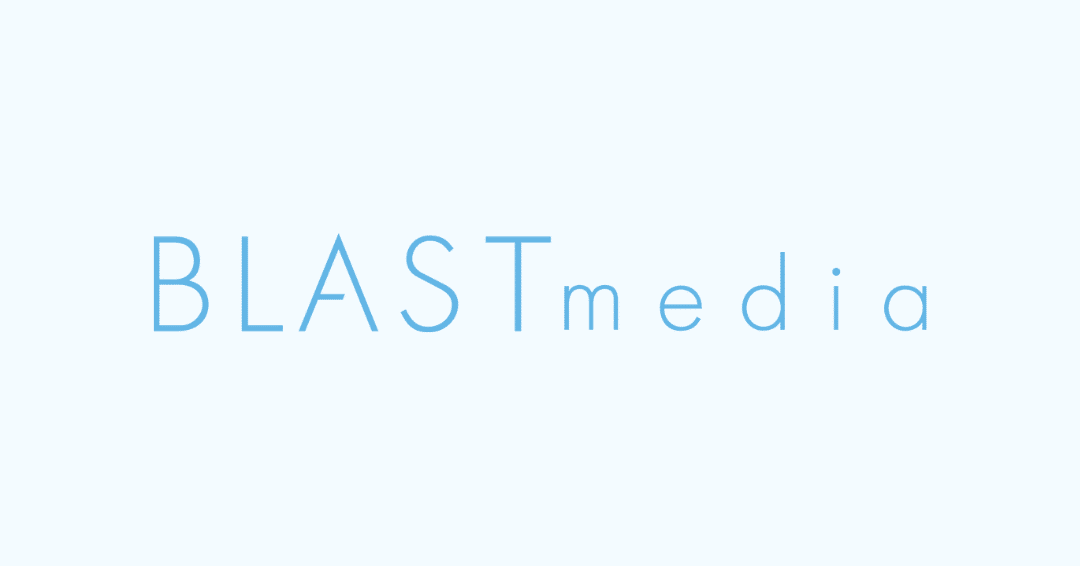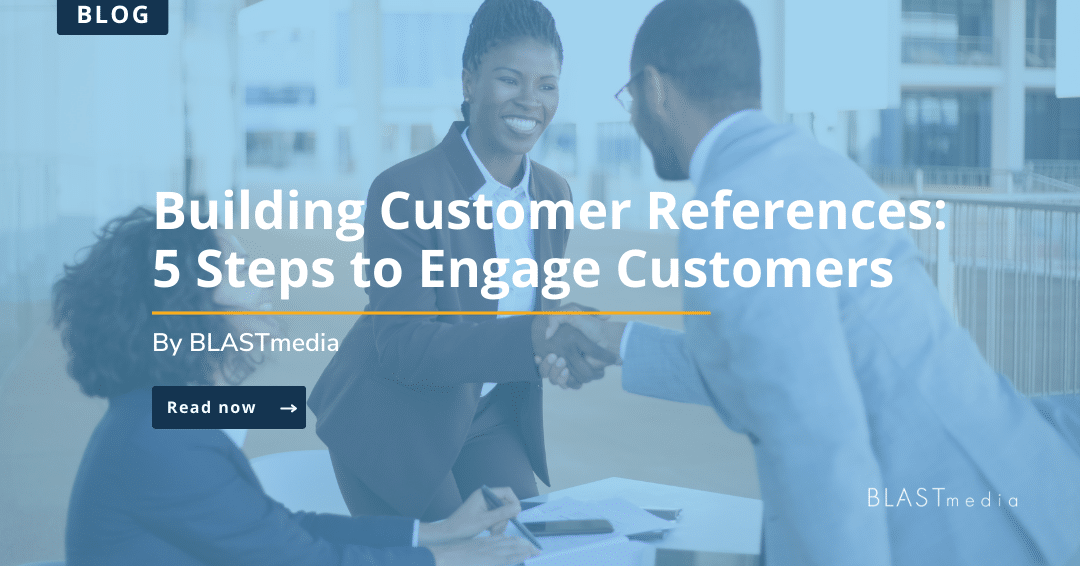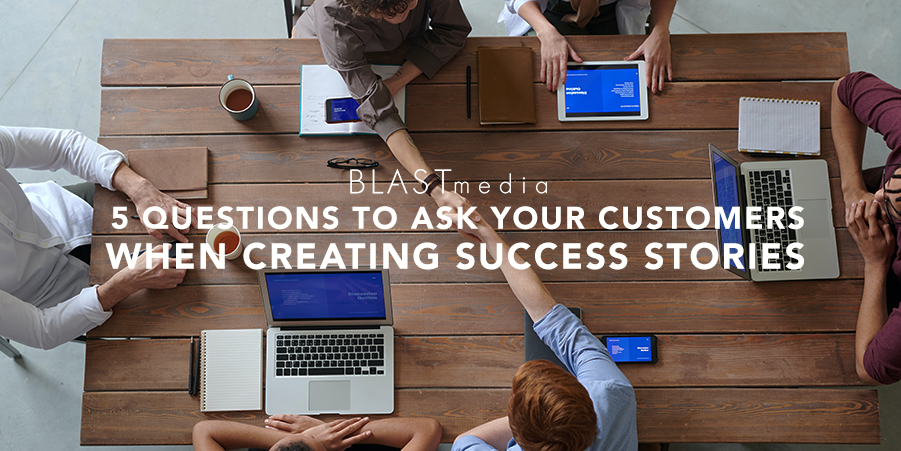Overview/Challenge
B2B SaaS buyers rely heavily on the experiences of existing users. Customer case studies and references are powerful tools, offering invaluable, honest insights into a platform’s strengths, weaknesses and real-world impact.
Yet, securing these testimonials presents unique challenges, especially if you plan to leverage this customer input with media. Participating in a case study or media opportunity for some customers feels like an arduous task with minimal benefit. Others may be willing to share their experiences but prefer anonymity. Additionally, gaining buy-in from executives, especially in highly regulated industries, can be an uphill battle.
So, how do we bridge this participation gap and gain customer participation? This case study reviews three instances where BLASTmedia secured media opportunities leveraging our client’s customers.
Strategy
Before diving into specific examples of how we utilized our clients’ customers in the past, we want to review our approach.
- During our onboarding process, we ask our clients if they have any customers willing to participate in media opportunities.
- The BLASTmedia team reviews case studies on clients’ websites to see if there are any compelling stories or metrics to share with the media.
- If customers aren’t comfortable with interviews, we help our clients ease them into the process by incorporating them into our PR efforts in other ways, like including their company name in a press release or a quote in a contributed article.
Once a client’s customer is willing to participate, BLASTmedia prepares the customer for media opportunities. This assistance includes:
- Media training/prep
- Briefing sheet w/information on the reporter, outlet, topic and key messages
- Communication with the customer’s comms team
- Coordination with the client and customer
Remember that leveraging a customer doesn’t always end with an interview, but many paths lead to a positive outcome. Take, for example, the time the BLASTmedia team came across a case study on client Cordial’s website for Bob’s Discount Furniture. With sights set on furniture trade publications, the BLASTmedia team asked the Cordial team if Bob’s Discount Furniture would be interested in participating in media opportunities. Following approvals, the BLASTmedia team took Bob’s Discount Furniture’s story from a simple case study to a unique piece of contributed content placed with a target furniture trade publication.
There are other times when BLASTmedia clients suggest customers interested in participating in media opportunities. BLASTmedia client TealBook mentioned Cisco as a customer potentially willing to speak with reporters. After discussing the process with the client, the BLASTmedia team collaborated with TealBook and Cisco to nail down the appropriate spokesperson that made sense for the story. The BLASTmedia team scheduled several prep calls and offered briefing docs ahead of the call to ensure the Cisco spokesperson felt comfortable and confident before heading into their interview.
While having an existing case study helps, it doesn’t mean you necessarily have all that you need to move forward with a pitch. In the case of client Bloomreach, the BLASTmedia team identified Benefits Cosmetics UK as a potential customer to use. While a case study was available, the BLASTmedia team worked with Bloomreach and the Benefits Cosmetics UK team to incorporate additional data to help strengthen the pitch further.
After securing several opportunities, BLASTmedia prepped briefing sheets and organized and staffed the interviews. The process was smooth and straightforward as the Benefit Cosmetics UK thought leader was previously media trained.
Results
In each instance mentioned above, the BLASTmedia team secured quality coverage that spotlighted both the client and the customer. See below for key results.
- Cordial and Bob’s Discount Furniture
- After receiving a request from target trade publication Furniture World, BLASTmedia drafted a piece entitled Bob’s Discount Furniture Saves by Reducing ‘Frankenstacks’ and Increasing Automation. The content leverages information and messaging from the original case study while incorporating data to showcase the success of Bob’s Discount Furniture’s use of Cordial.
- Remember that working with a client’s customer can take time due to internal processes, vendor requirements and other red tape. This piece took one year from finding the case study to the article going live.
- After receiving a request from target trade publication Furniture World, BLASTmedia drafted a piece entitled Bob’s Discount Furniture Saves by Reducing ‘Frankenstacks’ and Increasing Automation. The content leverages information and messaging from the original case study while incorporating data to showcase the success of Bob’s Discount Furniture’s use of Cordial.
- TealBook and Cisco
- After receiving confirmation of Cisco’s interest in media opportunities, BLASTmedia secured a feature in TechTarget entitled How Cisco uses AI to find diverse suppliers. The piece, reaching an audience of nearly 6M readers, highlights Cisco’s use of the Tealbook platform, including quotes from multiple Cisco spokespeople.
- Bloomreach and Benefit Cosmetics UK
- With a focus on securing interest from retail reporters, the BLASTmedia team went after a targeted list of national and trade retail publications. Following their pitch efforts, BLASTmedia secured features in Glossy and Retail TouchPoints. Each piece highlighted Benefit Cosmetics UK’s use of Bloomreach while also featuring key success metrics. Additionally, the Retail TouchPoints feature drove seven new users to the website.




